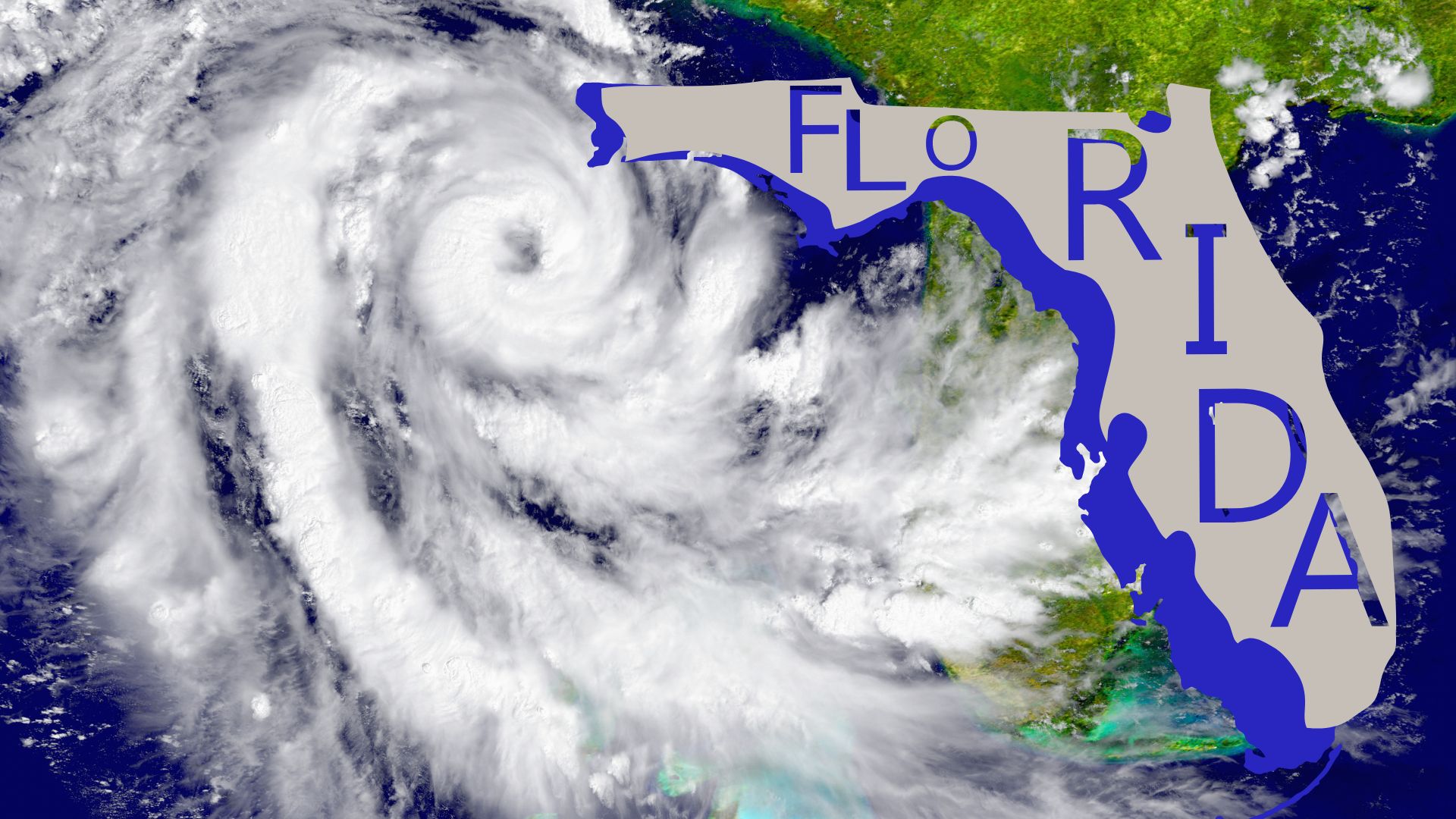Devastating Storm Hits the Southeast
Making landfall late Thursday night, Hurricane Helene unleashed its fury on Florida and extended its reach far inland to the Southeast and Appalachia. The storm’s torrential rains and fierce winds resulted in extensive flooding and property damage, marking one of the most severe weather events of the year. As the storm battered homes, it left behind a daunting trail of destruction, with early estimates suggesting up to $6 billion in private insurance losses. This catastrophic event has once again underscored the vulnerabilities within Florida’s already fragile property insurance market.
Rising Insurance Costs: A Looming Crisis
The aftermath of Hurricane Helene serves as a stark reminder of the financial burdens Florida homeowners face due to escalating insurance premiums. Over the past five years, insurance rates in the state have surged by 45%, placing immense pressure on homeowners. The average annual premium for a Florida homeowner now stands at a daunting $5,500, which is 140% higher than the national average. In some cases, residents have reported paying premiums as high as $20,000 annually. These exorbitant costs have forced some to forgo insurance altogether, leaving them vulnerable to the financial ruin that natural disasters can bring.
Climate Change: An Amplifier of Risk
Experts from the University of Wisconsin and the University of Pennsylvania have warned that as climate change intensifies, extreme weather events are becoming more frequent and destructive. This trend is predicted to continue driving up insurance premiums for homeowners in climate-exposed regions, like Florida, by an estimated $700 annually by 2053. The increasing threat of hurricanes and wildfires is reshaping the landscape of insurance and poses serious challenges for both homeowners and insurers in maintaining financial stability.
Reinsurance and Market Dynamics
Florida’s property insurance market is intricately linked to the global reinsurance industry. Reinsurers provide essential backing to insurers to help mitigate the risks associated with catastrophic events. However, the heightened risk of extreme weather events has made reinsurers wary of lowering their prices. This caution directly impacts the cost and availability of property insurance for Floridians. Jeff Brandes of the Florida Policy Project noted that the state is more exposed to the global reinsurance market than any other in the U.S., which complicates efforts to manage insurance costs effectively.
Policy Reforms and Future Outlook
In response to the mounting crisis, Florida’s government has taken steps to address the insurance market’s instability. In late 2022, Governor Ron DeSantis signed a comprehensive property insurance bill aimed at curbing frivolous lawsuits and reducing insurer expenses. While these reforms may offer temporary relief to cost-burdened homeowners, long-term challenges persist. As climate change continues to exacerbate the frequency and severity of natural disasters, policymakers face difficult decisions in balancing the affordability, availability, and reliability of insurance markets. Research from Harvard, Columbia, and the Federal Reserve suggests that without significant intervention, the financial risks associated with climate change will severely test the resilience of the insurance sector in the years to come.
The impact of Hurricane Helene has highlighted the urgent need for a strategic approach to managing Florida’s property insurance crisis. As homeowners and insurers navigate this new reality, the dialogue around climate resilience and financial sustainability becomes increasingly critical.


